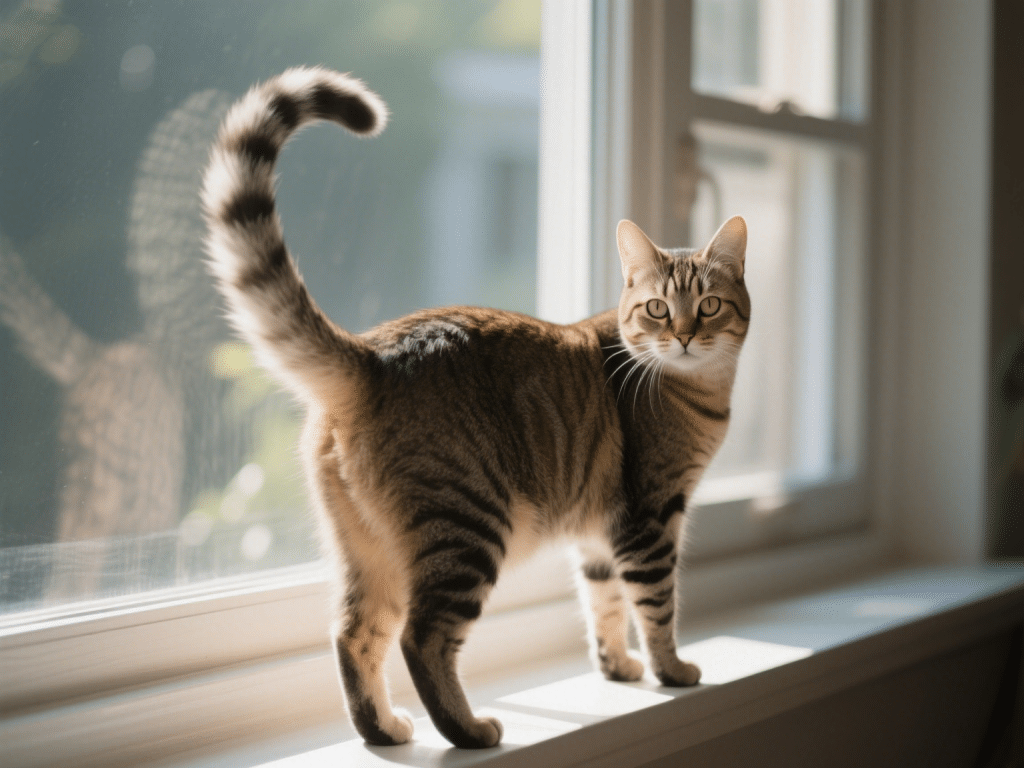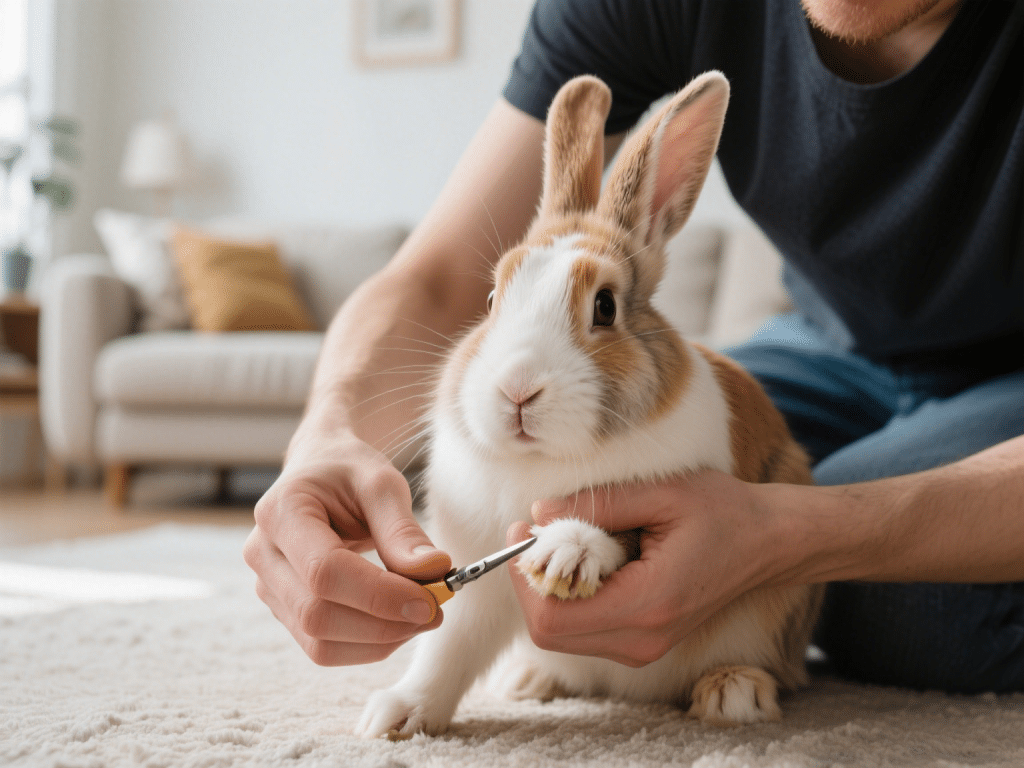
In my fifteen years as a certified cat behaviorist, I’ve learned that a cat’s tail is like a dynamic Morse code—subtle twitches, flicks, and positions all convey distinct emotions. Misreading that signal can lead to missed cues or accidentally provoking stress. This detailed guide equips you with the expertise to interpret your cat’s tail language, foster a deeper bond, and respond appropriately to your cat’s emotional state.
The Upright Tail: Confidence and Greeting
Straight Up, Tip Curled or Quivering: A classic “hello”—your cat is happy to see you and open to interaction. Quivering often occurs in very excited cats.
Vertical with Slight Wag: Curiosity and alertness, inviting gentle play or petting at the base of the tail.
Low and Twitching: Focused or Agitated
Low, Tip Twitching Rapidly: Your cat is intensely focused—hunting a toy or monitoring a moving object. Allow stalking behavior in play sessions.
Low, Flat Against Body: Fear or social deference; avoid approaching and give your cat space.
The Bushy Tail: Fear or Aggression
Fluffed‑Up Until Twice Normal Thickness: “Piloerection” to appear larger—an instinctive fear or threat response. Remain calm, lower your gaze, and avoid sudden movements.
Tail Lashing While Bushy: Heightened aggression—back away slowly and let your cat retreat.
Side-to-Side Swishes: Frustration or Play
Gentle Side-to-Side Swing: Mild irritation—perhaps you’re overstimulating during petting. Pause before proceeding.
Sharp, Fast Swipes: Frustration or impending aggression—best to disengage and let your cat calm.
The Wrapped Tail: Affectionate and Relaxed
Curled Around Your Leg or Another Cat: A sign of trust and affection. Return the gesture by speaking softly or gently petting your cat’s head.
Applying Tail Talk in Daily Life
Observe During Play: Note how tail positions change when hunting a feather versus chasing a laser dot.
Match Responses to Mood: Gentle stroke for upright tails; hands off for bushy or rapidly lashing tails.
Multi-Cat Households: Use tail signals to mediate introductions—introduce new cats when resident cats show relaxed, wrapped tail signals to avoid conflict.
Expert Tip
“Tail signals combined with ear and whisker positions give the most accurate emotional read,” advises feline ethologist Dr. Maya Behr. “Always consider the full body language context.”
Conclusion
By mastering the language of your cat’s tail, you’ll gain invaluable insight into their emotional world. This skill not only strengthens trust and reduces stress but also enhances your ability to provide targeted enrichment—leading to a happier, more harmonious relationship.









Comments on " Tail Talk: Deciphering Feline Tail Movements and Their Meanings" :